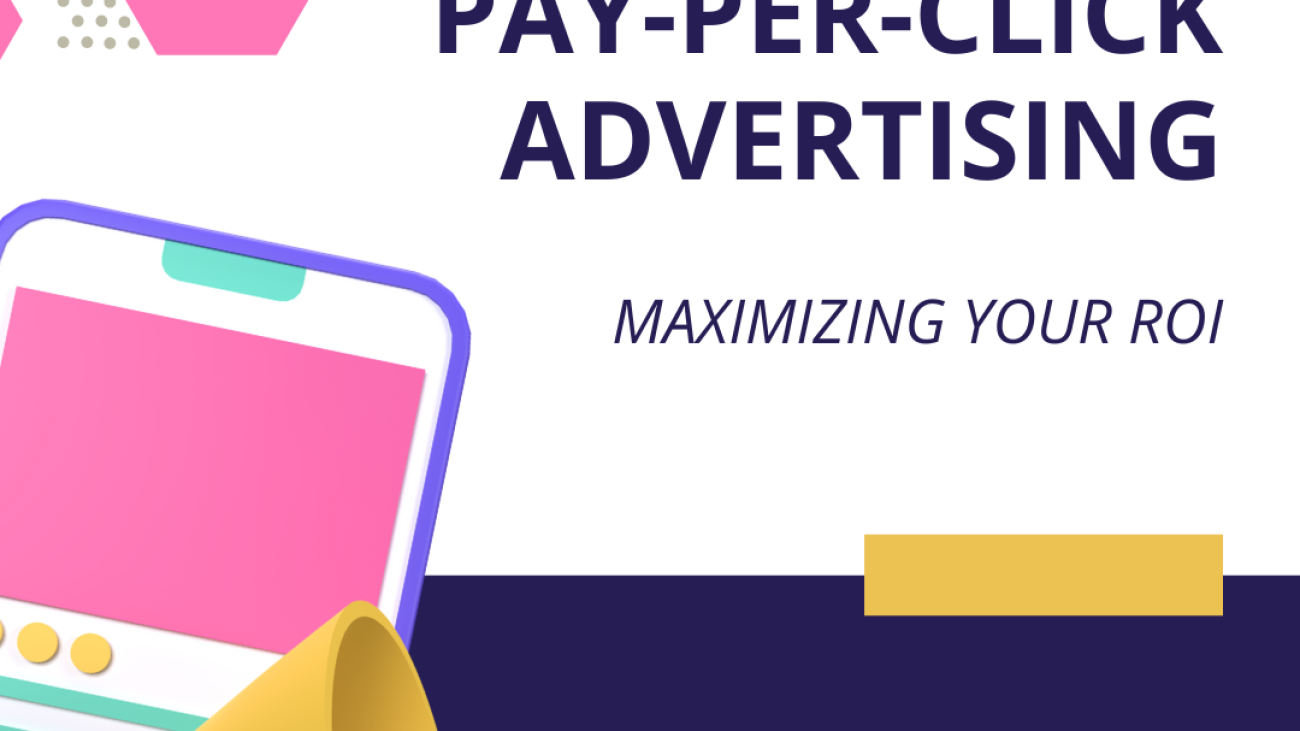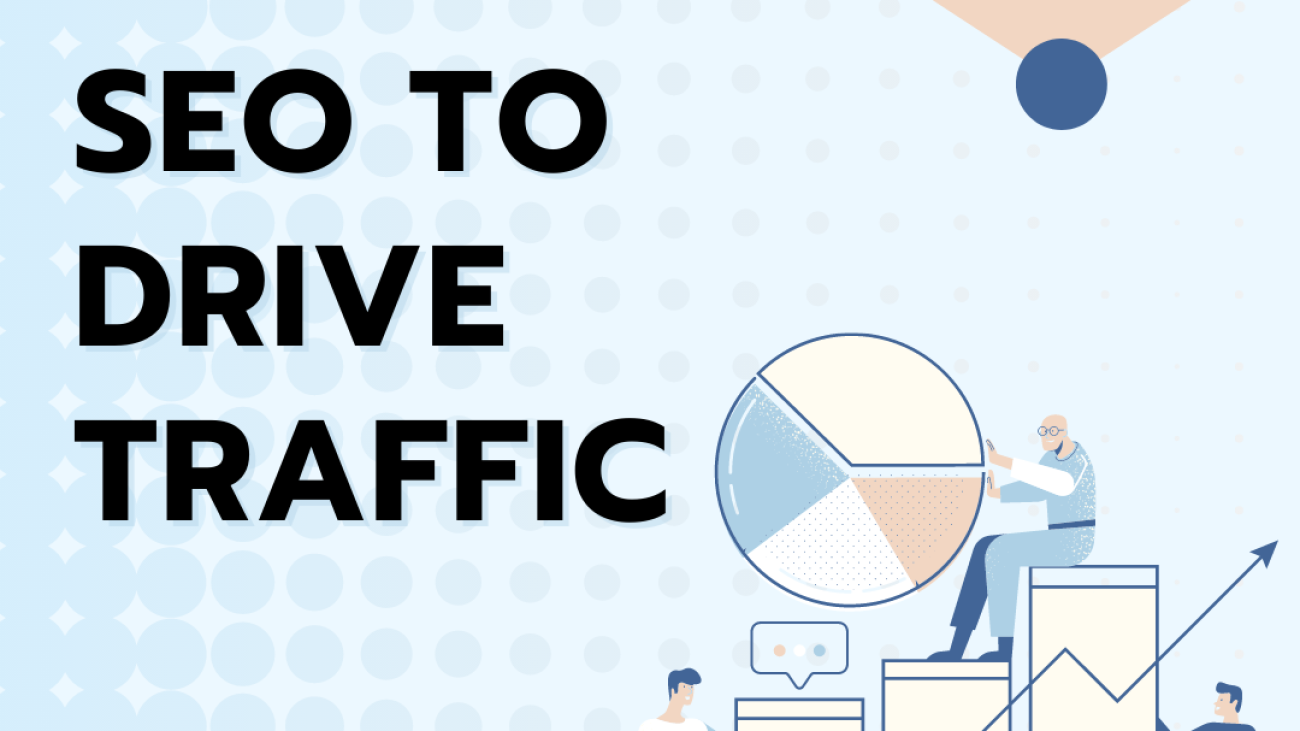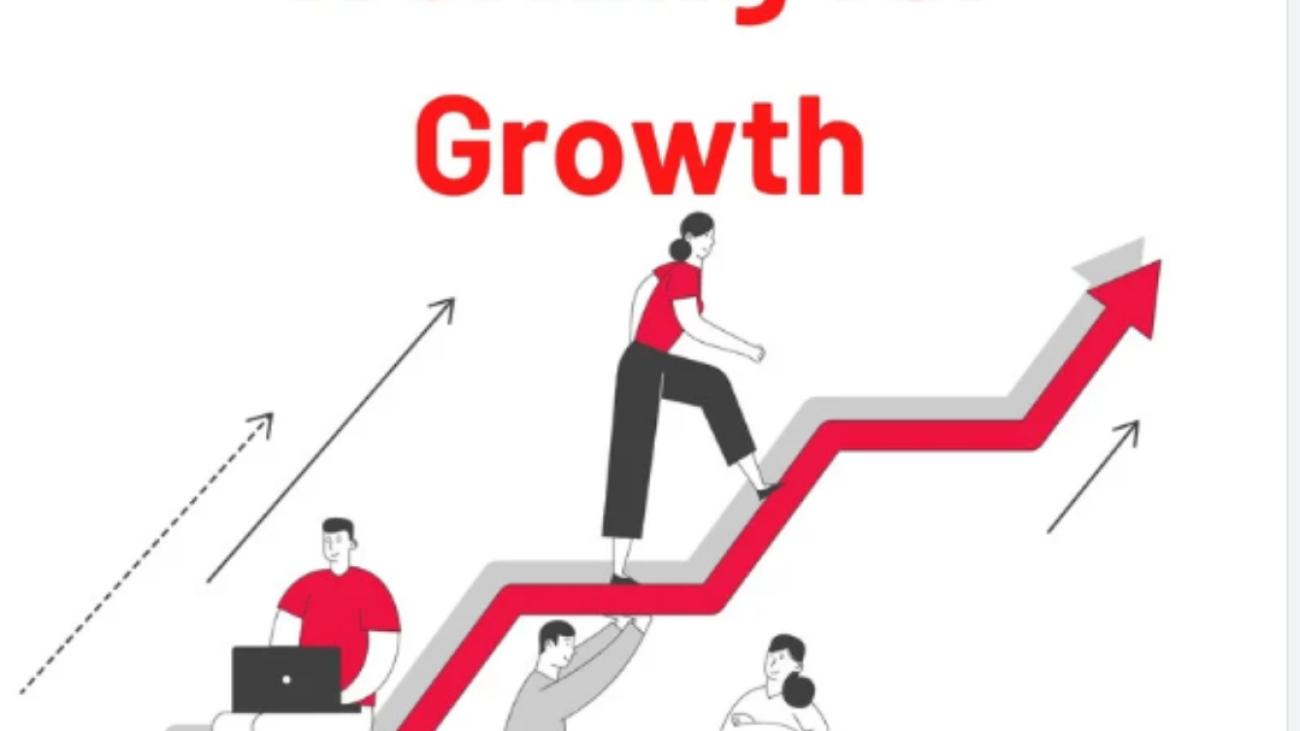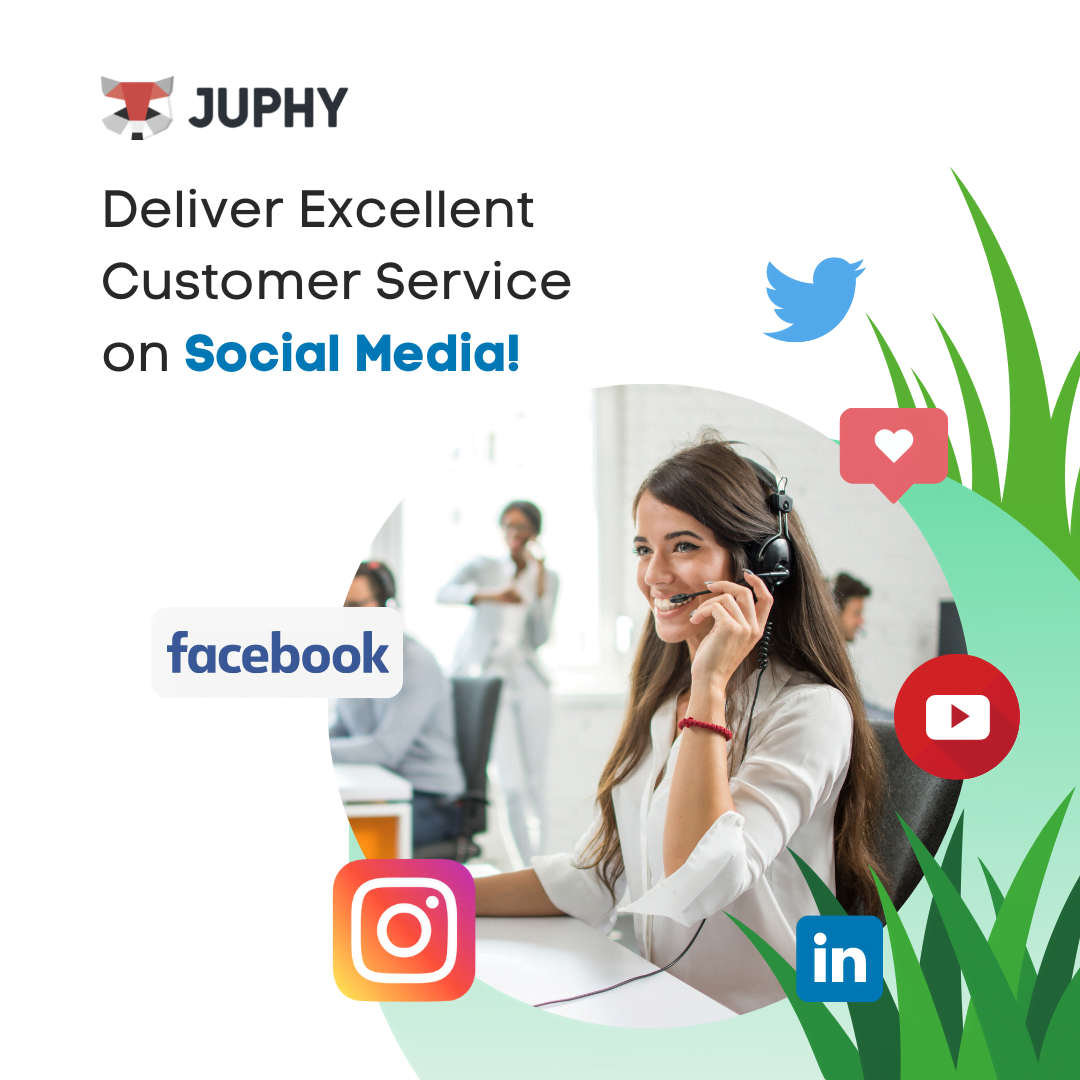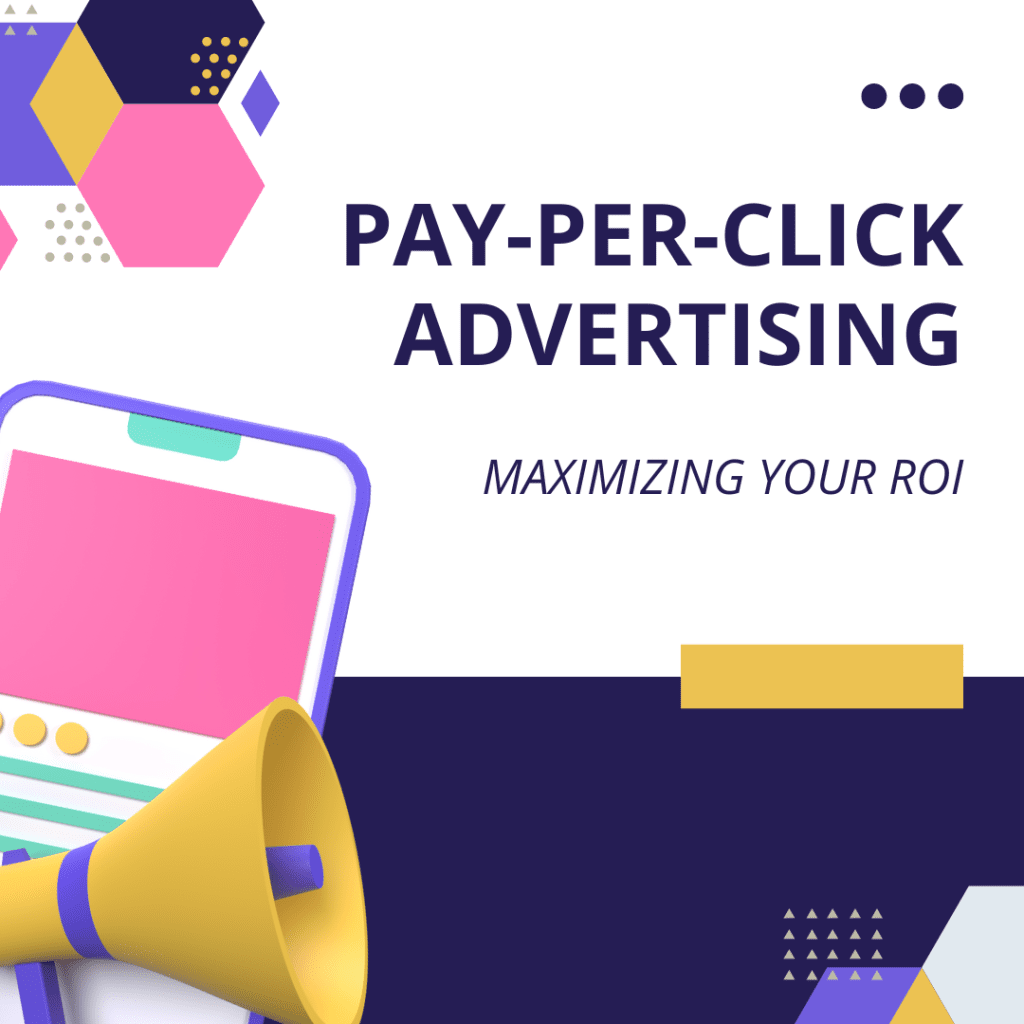
Pay-per-click (PPC) advertising is one of the most popular and effective ways to reach your target audience and drive traffic to your website. Whether you’re a small business owner or a marketing professional, PPC advertising can help you maximize your return on investment (ROI) by reaching the right people with the right message at the right time. In this post, we’ll share some tips and strategies for maximizing your ROI with PPC advertising.
Define Your Goals:
The first step in any successful PPC campaign is to define your goals. What do you want to achieve with your advertising? Are you looking to increase sales, generate leads, build brand awareness, or something else? Once you have a clear idea of your goals, you can tailor your advertising strategy to achieve them.
Know Your Audience:
To maximize your ROI with PPC advertising, you need to know your audience inside and out. Who are they? What are their interests? What are their pain points? By understanding your audience, you can create more targeted and effective ads that speak directly to their needs.
Choose the Right Keywords:
Keywords are the foundation of any successful PPC campaign. Choose the right keywords, and you’ll reach the right people at the right time. Choose the wrong keywords, and you’ll waste your budget on clicks from people who aren’t interested in what you have to offer. Use keyword research tools to find the keywords that are most relevant to your business and your audience.
Create Compelling Ads:
Your ads need to be compelling and persuasive if you want to maximize your ROI. Use clear and concise language, highlight the benefits of your product or service, and include a strong call-to-action (CTA) that encourages people to take action.
Test and Refine:
The key to success with PPC advertising is to constantly test and refine your campaigns. Monitor your results regularly and make adjustments as needed to improve your ROI. Try different ad copy, targeting options, and bidding strategies to see what works best for your business.
Use Landing Pages:
Landing pages are an essential part of any successful PPC campaign. When someone clicks on your ad, they should be taken to a landing page that is specifically designed to convert them into a customer. Make sure your landing pages are relevant to your ads, easy to navigate, and optimized for conversions.
Monitor Your Budget:
PPC advertising can be expensive if you’re not careful. Set a budget that you’re comfortable with and monitor your spending regularly to make sure you’re not overspending. Use tools like Google Ads’ budget planner to help you stay on track.
In conclusion, PPC advertising can be an incredibly effective way to reach your target audience and drive traffic to your website. By defining your goals, knowing your audience, choosing the right keywords, creating compelling ads, testing and refining your campaigns, using landing pages, and monitoring your budget, you can maximize your ROI and achieve the results you’re looking for.

